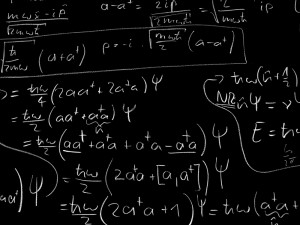 Digital forensics is a very practical discipline that addresses the needs of every day investigations. Whether deleted data needs to be recovered or the suspect’s photographs need to be attributed to the suspect’s photo camera – forensic analyst has to do whatever it takes to advance the investigation. There is rarely any time to think about the big picture – why do we do forensics the way we do, and whether it is the best way to do it. Nevertheless, forensics is supposed to be based on the scientific method – our findings should be testable, based on the established scientific theories in the field. This is particularly important if we are to develop highly automated analysis tools and techniques, whose results may be used as evidence.
Digital forensics is a very practical discipline that addresses the needs of every day investigations. Whether deleted data needs to be recovered or the suspect’s photographs need to be attributed to the suspect’s photo camera – forensic analyst has to do whatever it takes to advance the investigation. There is rarely any time to think about the big picture – why do we do forensics the way we do, and whether it is the best way to do it. Nevertheless, forensics is supposed to be based on the scientific method – our findings should be testable, based on the established scientific theories in the field. This is particularly important if we are to develop highly automated analysis tools and techniques, whose results may be used as evidence.
The science of digital forensics is rooted in computer science, and the computer science is rooted in mathematics. I believe that it essential for digital forensic researchers to have good understanding of the relevant mathematical concepts and formal machinery. With this aim in mind, and with the understanding that many forensic researchers come from practical background, I started a series of introductory lectures, which describe the relevant concepts and mathematical language of computer science in a very informal fashion. I teach these to our new PhD students in order to help them get up to speed quicker. I welcome anyone interested in developing digital forensics as a science to listen to these lectures.

Leave a Reply